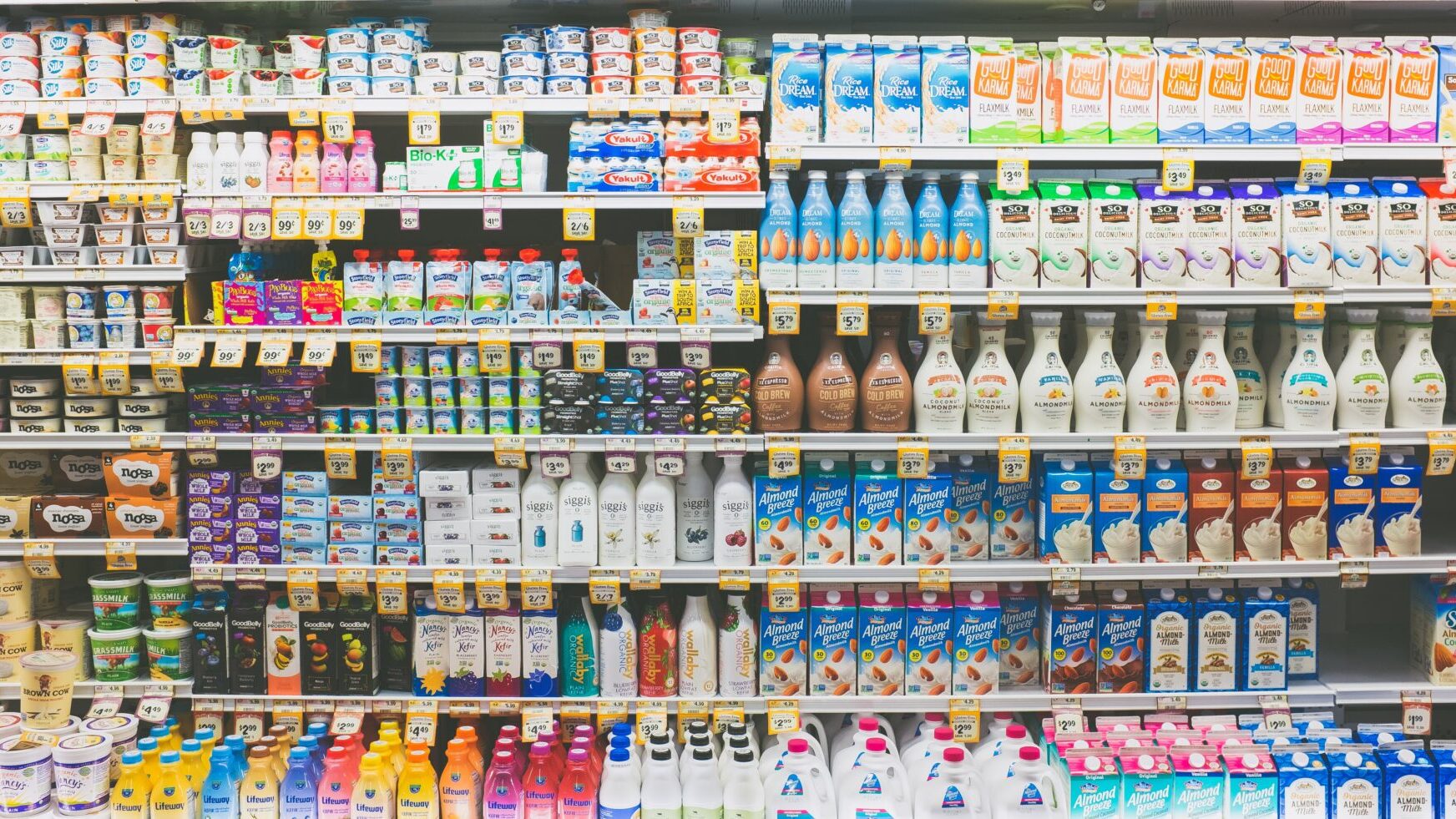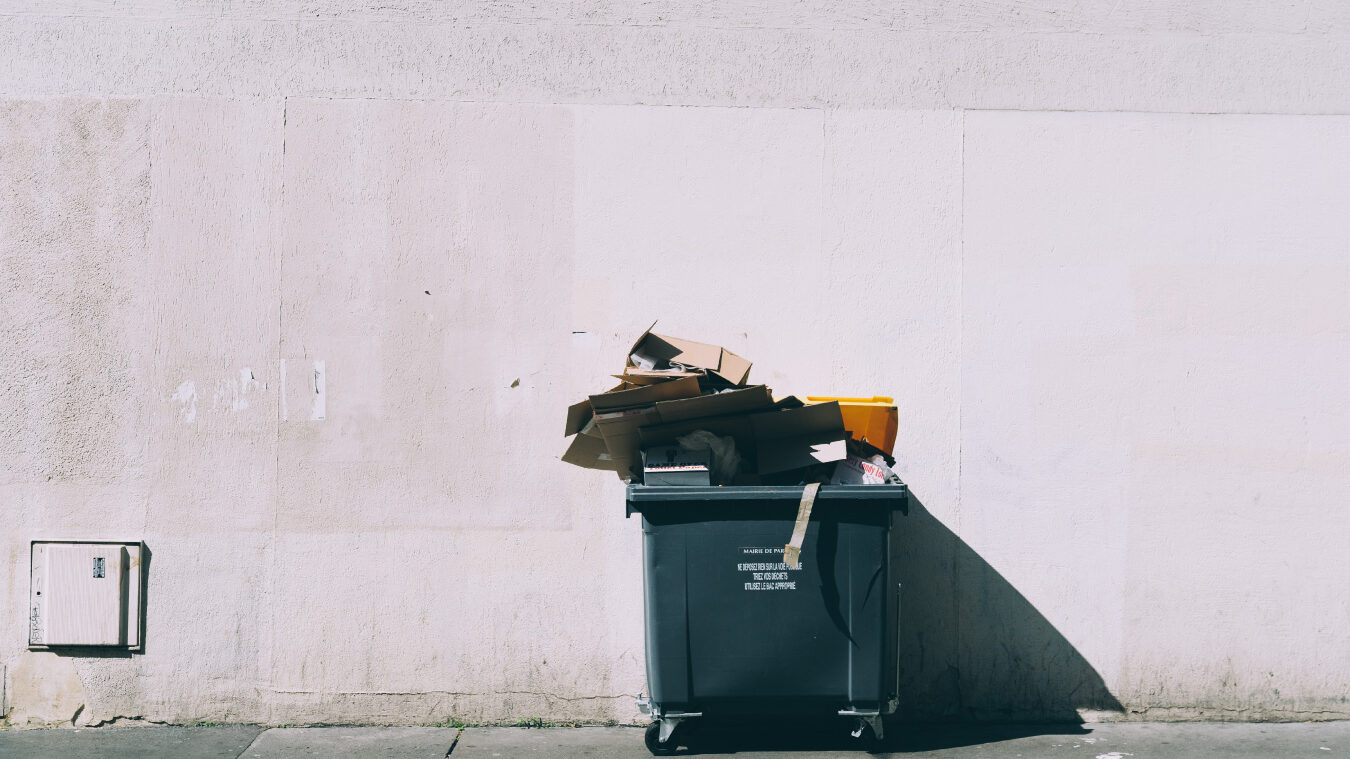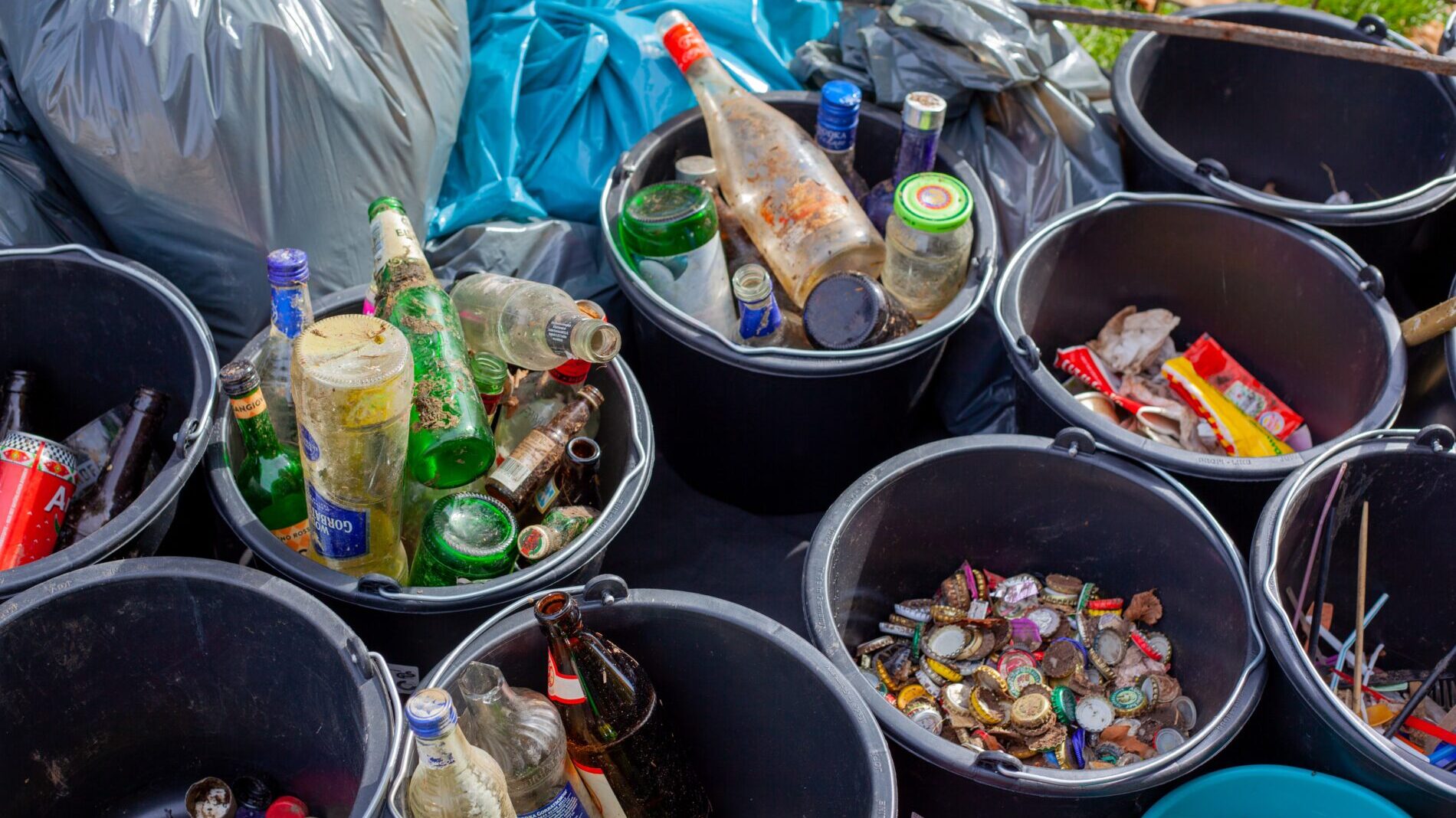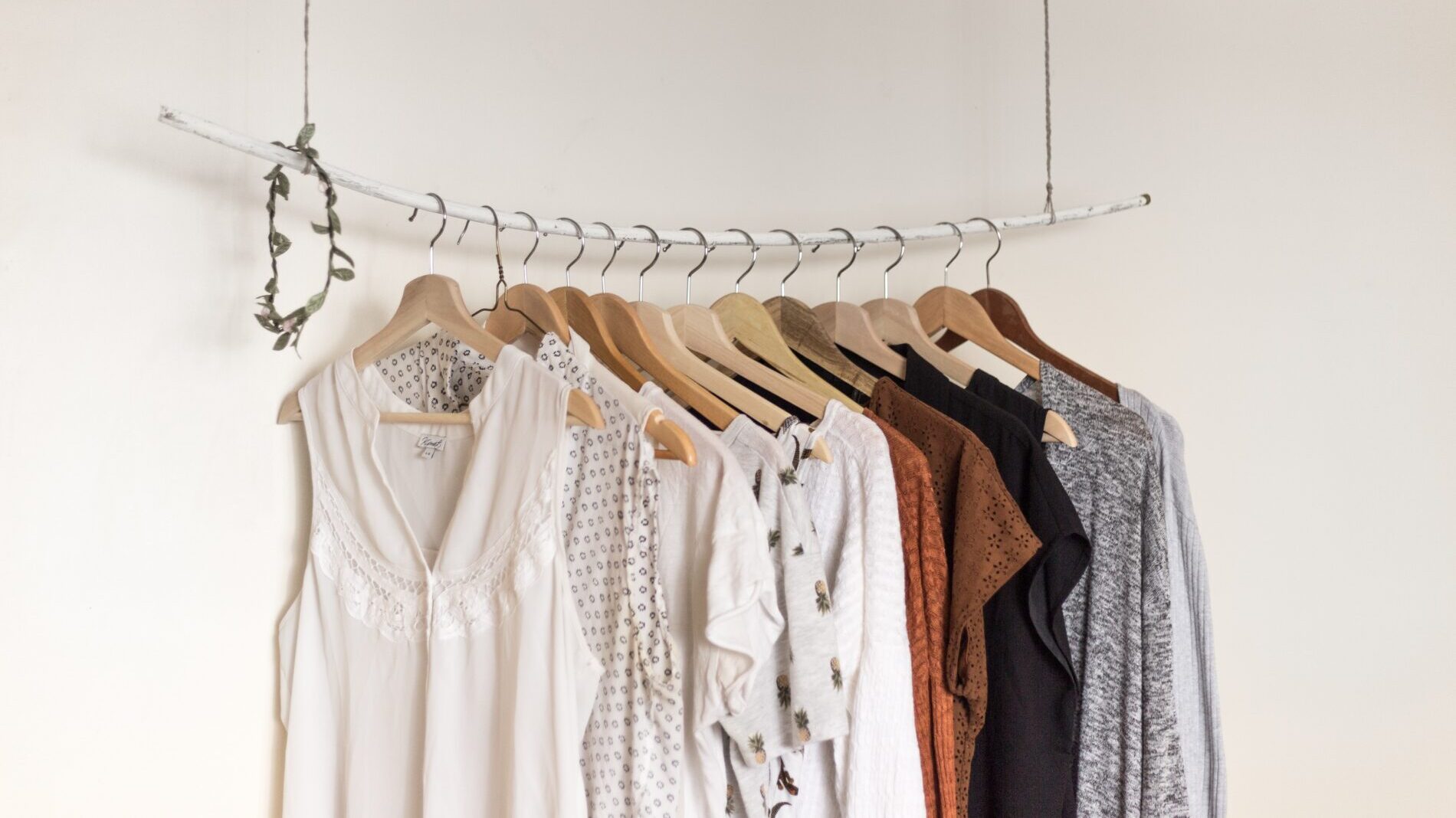When we see the word “vegan”, we instantly think it must be good for the environment. The reality is, some vegan leather are good, others are just as bad as traditional leather.
Is It eco-friendly?
If you’re trying to shop for sustainable fashion, ‘vegan leather’ can be deceiving. The debate about whether it is eco-friendly is continuing within the industry. Everyone from Vogue to Harper’s Bazaar is talking about it. We’re here to help you understand the debate about whether it is environmentally friendly. You can buy environmentally-friendly faux-leather, the key is to know what materials to look out for in it.
The agriculture industry is responsible for almost 20% of the world’s greenhouse gas emission – of which leather is a livestock byproduct (during the production process, animal leather undergoes a treatment process with a series of chemicals that are harmful to humans).
While vegan leather cuts out both of these issues, it’s not as sustainable as we might think. It is a synthetic fabric and is often called ‘pleather’. Its most talked-about benefit of is that it’s cruelty-free.
This ‘sustainable’ material uses plastic fibres and phthalates, which are a byproduct of petroleum. Some vegan leather is not biodegradable and is likely to end up sitting in a landfill for hundreds of years. These synthetic fibres lead to micro-plastic pollution, and they rely heavily on oil and fossil fuel.
When you’re shopping for environmentally-friendly vegan leather, stay on the lookout for ones that recycle plant products or vegetables. Everything from apple peels to cork can be recycled and turned into faux-leather. Plant-based leather is the kind of vegan alternative that you want to invest in to be fully sustainable as saved scraps from landfill are recycled to make the material.
Where can we buy it?
Unfortunately, the truth is that the term “vegan leather” is usually a marketing ploy. You can opt for brands that are transparent about how they make their material. As an example, if a brand is selling a jacket for £15 made of faux-leather, then alarm bells should ring.
If you want to invest in environmentally-friendly faux-leather, then it is possible. There are brands you can shop from like Nanushka, which is REACH-compliant and offset the effect of the chemicals used in production. Stella McCartney uses her ‘alter-nappa’ vegan leather, with most of the coating coming from vegetable oil. It can also be the solution to tackling food waste.
When buying ‘vegan leather’, you should look for a brand that uses recycled plastic as opposed to virgin materials. If you want to be switch to sustainable fashion, then non-petroleum-based leather and recycled leather are your new best friend. Belts, handbags and shoes can all produced using vegan leather. Recycled faux-leather is environmentally friendly, and the quality is just as luxurious as the traditional one.
![]()







